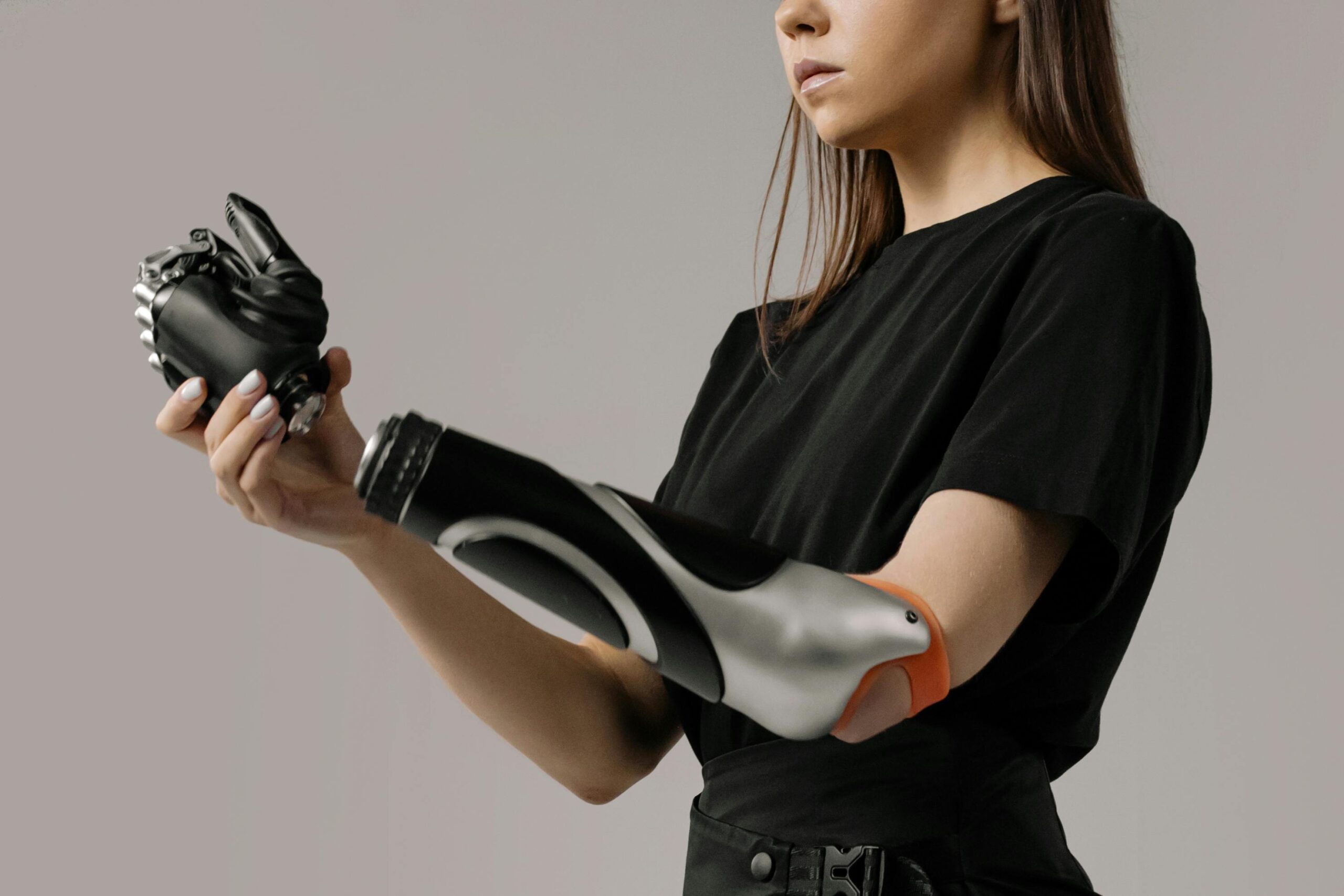How SMEs Can Leverage Fashion Trends to Boost Growth
The global fashion industry has always been a vibrant and dynamic space, with new trends shaping consumer preferences and driving business opportunities. Small and medium-sized enterprises (SMEs) have increasingly found ways to capitalize on fashion trends to grow their market share and build stronger customer connections. According to Statista, the global apparel market was valued at $1.5 trillion in 2023 and is expected to reach $2 trillion by 2027, driven in part by the rise of sustainable and digital-first fashion.
For SMEs, embracing fashion trends is not just about staying relevant; it’s about differentiating themselves in a competitive market. In this article, we’ll explore the latest fashion trends, strategies SMEs can adopt to capitalize on these trends, and examples of small businesses that have succeeded in this space.
The Impact of Fashion Trends on SMEs
Fashion trends are no longer limited to major brands and retailers. With the rise of e-commerce, social media, and fast fashion, SMEs have direct access to consumers who are constantly seeking the latest styles and innovations. This has led to:
- Increased Market Accessibility: Platforms like Instagram, TikTok, and Shopify enable SMEs to showcase their products and reach a global audience without the need for large-scale physical infrastructure.
- Consumer-Centric Designs: Fashion trends often reflect changing consumer values, such as sustainability, inclusivity, and customization. SMEs are well-positioned to adapt quickly to these shifts.
- Opportunities for Collaboration: Collaborations with influencers, artists, or other brands allow SMEs to tap into new markets and build credibility.
Key Fashion Trends for SMEs in 2025
1. Sustainability and Ethical Fashion
Consumers are increasingly prioritizing eco-friendly and ethically produced clothing. SMEs that adopt sustainable practices, such as using recycled materials or implementing zero-waste production methods, can appeal to this growing market segment. According to a McKinsey report, 67% of consumers consider sustainability a key factor when making purchasing decisions.
2. Digital-First Fashion
Virtual showrooms, augmented reality (AR) try-ons, and digital clothing collections are reshaping how consumers interact with fashion. SMEs can adopt these technologies to create immersive shopping experiences that set them apart from competitors.
3. Customization and Personalization
The demand for unique and personalized fashion is on the rise. SMEs can leverage this trend by offering made-to-order clothing or customizable designs, enhancing customer engagement and loyalty.
4. Streetwear and Urban Aesthetics
Streetwear continues to dominate as a leading fashion trend, especially among younger consumers. SMEs can incorporate urban-inspired designs to tap into this lucrative market.
5. Inclusivity in Fashion
Inclusive sizing and gender-neutral collections are becoming industry standards. SMEs that prioritize inclusivity can build a loyal and diverse customer base.
How SMEs Can Capitalize on Fashion Trends
1. Invest in Social Media Marketing
Social media platforms are powerful tools for fashion SMEs. By creating engaging content, collaborating with influencers, and leveraging hashtags, SMEs can attract a wider audience. For example, brands like Everlane have used Instagram Stories to highlight their sustainability efforts.
2. Optimize E-Commerce Platforms
A seamless online shopping experience is essential for SMEs. Features like virtual fitting rooms, fast checkout processes, and personalized recommendations can enhance the customer journey.
3. Focus on Local and Niche Markets
SMEs can differentiate themselves by catering to specific demographics or local communities. For instance, a brand that specializes in culturally inspired designs may find success within niche markets.
4. Collaborate for Greater Reach
Partnering with influencers, artists, or other SMEs can help small businesses expand their reach and tap into new customer segments.
5. Embrace Technology
Innovative technologies, such as 3D printing and AI-driven trend analysis, can enable SMEs to produce high-quality products while minimizing costs.
Success Stories: SMEs Thriving in Fashion
Example 1: Pangaia
Pangaia, a sustainable fashion SME, has gained global recognition for its eco-friendly clothing made from innovative materials like seaweed fiber. By emphasizing transparency and sustainability, the brand has built a loyal customer base and achieved significant growth.
Example 2: Birdsong
Birdsong, a UK-based SME, focuses on ethical production and inclusive sizing. The company’s emphasis on social responsibility has resonated with consumers, leading to increased brand awareness and sales.
The Future of Fashion for SMEs
As the fashion industry continues to evolve, SMEs must stay ahead by embracing innovation and adapting to consumer demands. Emerging technologies like AI-driven design tools and blockchain for supply chain transparency will play a critical role in shaping the future of fashion.
To succeed, SMEs should focus on authenticity, sustainability, and customer-centric strategies. By doing so, they can carve out a unique space in the competitive fashion market and build long-term success.
Share this content:














Post Comment